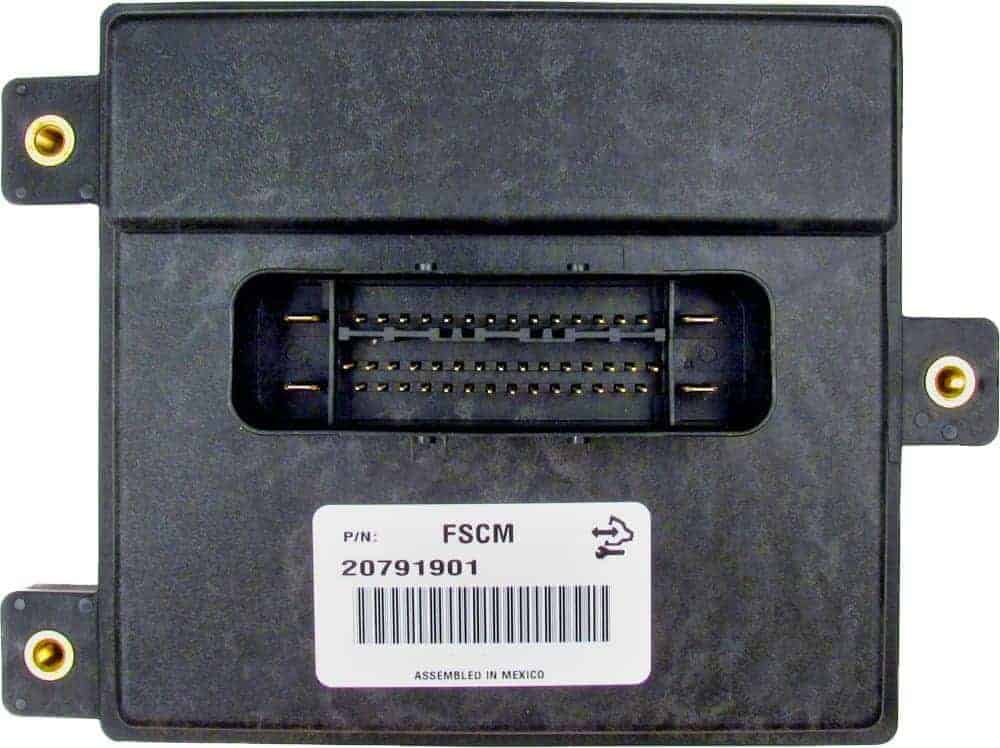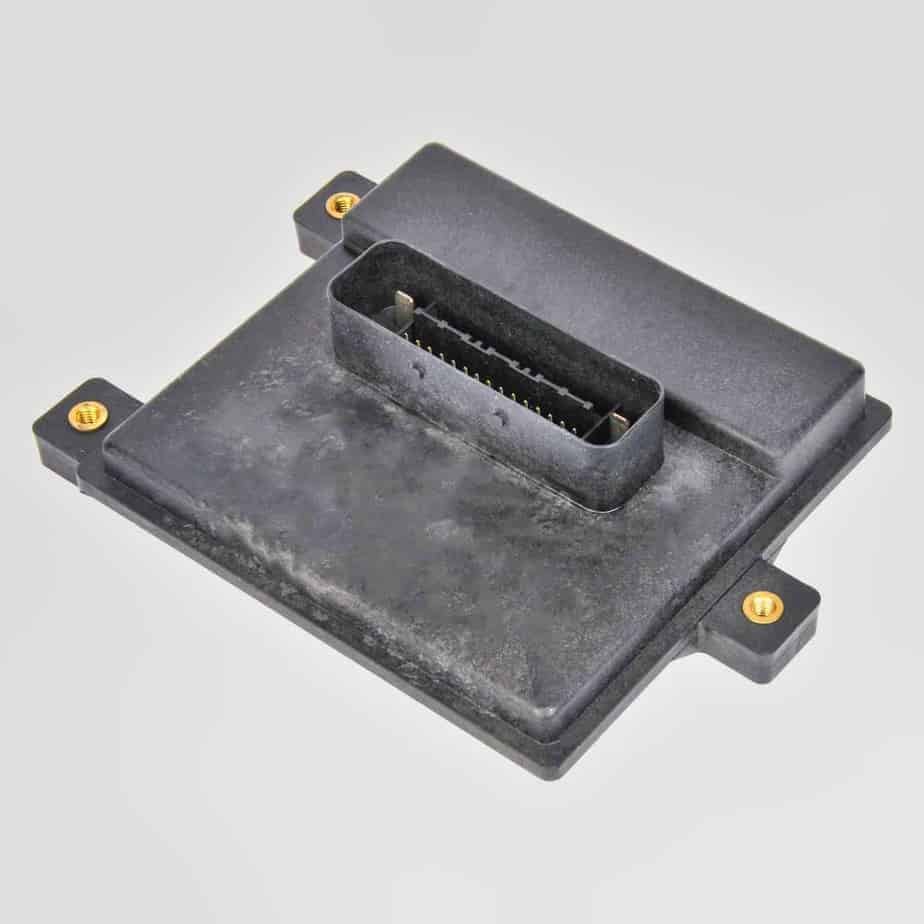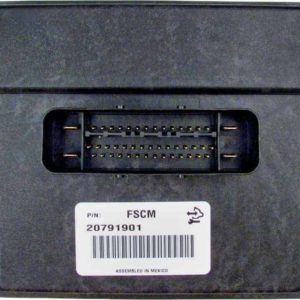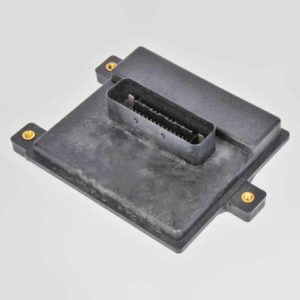Is Your Acadia Stalling, Hesitating, or Refusing to Start?
As a mechanic with over two decades of experience, one of the most common issues I see on late-2000s GM SUVs is sudden fuel delivery problems. Your vehicle might crank perfectly but never fire up, or it might stall intermittently while driving, leaving you stranded. Often, the culprit isn’t the fuel pump itself, but the small electronic brain that controls it: the Fuel Pump Control Module (FPCM), also known as a Fuel System Control Module (FSCM).
Real-World Diagnosis: “A customer’s 2009 Acadia was towed to my shop last week with these exact symptoms. It would crank but not start, and the owner had already spent hundreds replacing the in-tank fuel pump to no avail. A quick scan with my diagnostic tool pulled a P069E trouble code, which points directly to a fault in the FPCM control circuit. On these Acadia, Traverse, and Enclave models, the module is mounted on the rear crossmember, exposed to road salt, water, and vibration, leading to internal failure. We swapped in a pre-programmed module, and the vehicle fired right up. It’s a fix I’ve performed hundreds of times.”
The Smart Solution: A Plug-and-Play FPCM
Don’t waste time and money on a trip to the dealership. This Fuel Pump Control Module arrives at your door completely programmed with the latest GM software, specifically flashed to your vehicle’s Vehicle Identification Number (VIN). This eliminates the need for expensive dealer-only programming tools, turning a complex electronic repair into a straightforward, DIY-friendly job.
Symptoms of a Failing 2009 Acadia Fuel Pump Module:
- ✔ Engine cranks but will not start
- ✔ Vehicle stalls unexpectedly while driving
- ✔ Hesitation or stumbling under acceleration
- ✔ Reduced engine power and poor performance
- ✔ Check Engine Light with codes like P069E, P0230, or P0606
- ✔ A noticeable whining sound from the fuel pump (due to incorrect voltage)
Direct-Fit Installation Guide
Replacing the FPCM on your 2009 Acadia is a manageable task. The module is typically located on the driver’s side frame rail or rear crossmember.
- Safety First: Disconnect the negative terminal from your vehicle’s battery.
- Locate the Module: Safely raise the vehicle and locate the FPCM. On the Acadia, it’s often mounted to the rear subframe/crossmember, near the fuel tank.
- Disconnect and Remove: Carefully unplug the electrical connector. Then, remove the bolts or nuts (usually 2 or 3) securing the old module to the frame.
- Prepare for Install: Before installing the new module, inspect the electrical connector for any signs of corrosion (green or white powder). Clean it thoroughly with an electrical contact cleaner.
- Install the New Module: Bolt the new, pre-programmed FPCM into place. Reconnect the electrical harness, ensuring it clicks securely.
- Final Steps: Reconnect the negative battery terminal. Turn the key to the ‘ON’ position for 10 seconds (without starting) to allow the system to initialize, then start the vehicle.
Expert Pro Tip: Before you bolt on the new module, take a moment to clean the mounting surface on the vehicle’s frame with a wire brush. The module case often relies on this metal-to-metal contact for proper grounding. A poor ground connection is a leading cause of premature failure for a replacement FPCM, as it can cause voltage spikes and overheating.
VIN Programming is Included
After you complete your purchase, simply send us your 17-digit VIN. Our technicians will flash this module with the correct, vehicle-specific software from GM. This ensures perfect communication with your vehicle’s powertrain control module (PCM) and fuel pump for optimal performance and reliability.
Guaranteed Compatibility
This module is a direct replacement for a wide range of original equipment part numbers, including:
13501024, 15213110, 20759945, 20850907, 25785013, 25854536, 25866052, 25967325
It fits a vast array of GM trucks and SUVs. Please verify your vehicle is on the list below to ensure proper fitment.




